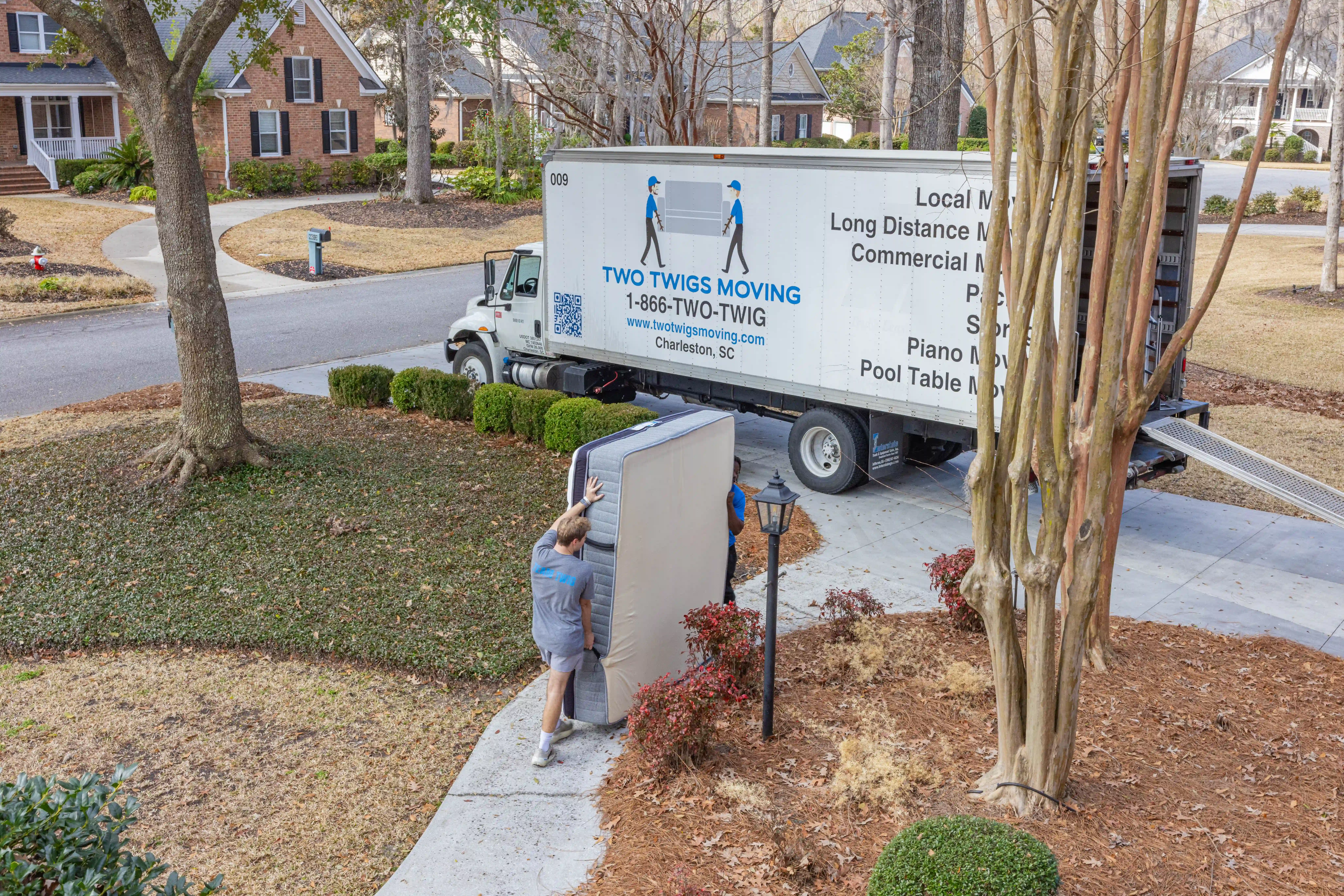A move-out inspection is a crucial step in the moving process, ensuring that you leave your old home in good condition and avoid potential disputes with your landlord or new owners. Conducting a thorough move-out inspection helps protect your security deposit and provides a smooth transition for both you and the next occupants. Here’s a guide on what to check during your move-out inspection to ensure you cover all the bases.
1. Review Your Lease Agreement
Before starting the inspection, review your lease agreement or any move-out guidelines provided by your landlord or property management. The agreement may outline specific cleaning requirements, repair responsibilities, and other obligations you need to fulfill before moving out.
2. Clean Thoroughly
A thorough cleaning is essential to ensure you leave the property in good condition. Focus on the following areas:
- Floors: Sweep, vacuum, and mop floors. Pay attention to corners and under furniture where dust and debris may accumulate.
- Carpets and Rugs: If the carpets are stained or dirty, consider professional cleaning or spot treatment.
- Kitchen: Clean all appliances, countertops, cabinets, and sinks. Don’t forget to clean the oven, refrigerator, and microwave, including their interiors.
- Bathrooms: Scrub sinks, toilets, showers, and tubs. Clean mirrors and remove any mildew or soap scum.
- Windows and Doors: Wipe down windowsills, glass panes, and door frames. Remove any smudges or fingerprints.
3. Inspect for Damage
Check each room for any damage that may need repair:
- Walls and Ceilings: Look for cracks, holes, or marks. Patch up any holes and touch up paint if necessary.
- Floors: Inspect for scratches, stains, or damaged tiles. Address any issues by repairing or replacing damaged flooring.
- Doors and Windows: Ensure doors and windows are functioning correctly and check for any broken hardware or seals.
4. Check Appliances and Fixtures
Ensure that all appliances and fixtures are in working order:
- Appliances: Verify that appliances such as the stove, refrigerator, dishwasher, and washer/dryer are clean and operational. Remove any leftover food or personal items.
- Light Fixtures: Check that light fixtures are working and replace any burnt-out bulbs.
- Plumbing Fixtures: Ensure sinks, faucets, and toilets are functioning properly and free from leaks.
5. Remove Personal Belongings
Ensure that you’ve removed all personal belongings from the property:
- Closets and Cabinets: Empty all closets, cabinets, and drawers. Check for items you might have forgotten and remove any personal items.
- Attic and Basement: Don’t overlook attics, basements, or storage areas. Remove all belongings from these spaces.
6. Document the Condition
Before you leave, document the condition of the property:
- Photographs: Take detailed photographs of each room, including any damage or issues you’ve addressed. This documentation can serve as evidence in case of disputes.
- Checklist: Use a move-out checklist to ensure you’ve covered all areas and tasks. Many property management companies provide their own checklists for tenants.
7. Address Any Repairs
If you’ve identified any damage or issues during your inspection, address them promptly:
- Minor Repairs: Fix minor issues such as small holes in walls or loose door handles.
- Professional Help: For more significant repairs, consider hiring a professional to ensure the work is done correctly.
8. Communicate with Your Landlord
Once you’ve completed your move-out inspection, communicate with your landlord or property management:
- Schedule a Walk-Through: Arrange a walk-through with your landlord to review the property together and address any concerns.
- Provide Documentation: Share your photographs and any documentation of repairs or cleaning with your landlord.
9. Finalize Your Move-Out
Ensure all final details are taken care of:
- Return Keys: Return all keys, garage remotes, or access cards to your landlord.
- Address Forwarding: Provide a forwarding address for any future correspondence or mail.
Conclusion
A thorough move-out inspection is essential for ensuring that you leave your old home in good condition and protect your security deposit. By cleaning thoroughly, inspecting for damage, addressing repairs, and documenting the condition of the property, you can make your move-out process smooth and hassle-free. Clear communication with your landlord and attention to detail will help you leave on good terms and facilitate a successful transition to your new home.


.svg)


